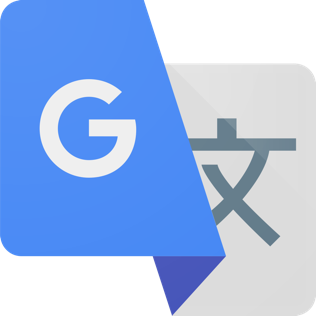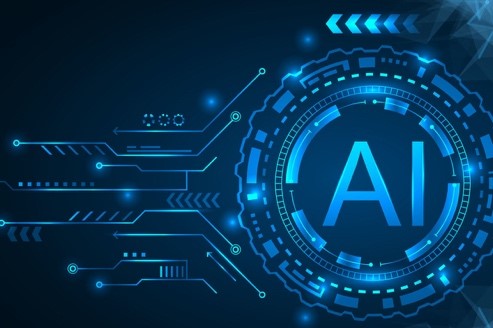Why can machine translators never replace human professionals?
Artificial intelligence, machine learning, algorithms and all manner of different technology play an extremely important and increasing role in almost every industry out there. It’s true that technological advances have helped many sectors become more profitable and more efficient, and for years people have discussed the idea of machines and technology replacing humans. But could this become a reality? In the translation industry at least, it is far from likely.
The benefits of technology and AI in the translation industry
 Artificial intelligence refers to technology that can ‘think’, make decisions and act as if it were a human. This can be very useful for many sectors, as it’s time efficient and reduces shortfalls due to human error. The use of AI in the context of translation comes in the form of Machine Translation (MT), a system that automatically translates source text inputted by a human (such as Google translate) and Computer Assisted Translation (CAT) which is a tool used by professional translators to help them with their work. Machine Translation is useful for looking up the odd word, or for individuals to quickly translate something informally, for their own understanding and not for publication. For example, you may be in a foreign country and seen sign you don’t understand, or not know how to ask for something in a ship, so you might quickly type it into Google Translate on your phone to get a translation. CAT tools are useful for professional translators as they allow us to translate quicker and more efficiency. By using CAT tools, we can build glossaries which will be helpful throughout the project and for future projects in the same specialised area or for the same client in order to maintain consistency. CAT tools can store and ‘remember’ what a professional translator has inputted as a translation for a word or phrase previously in the project, and if this word or phrase is repeated, the CAT tool will insert the translator’s original translation to save him/her time.
Artificial intelligence refers to technology that can ‘think’, make decisions and act as if it were a human. This can be very useful for many sectors, as it’s time efficient and reduces shortfalls due to human error. The use of AI in the context of translation comes in the form of Machine Translation (MT), a system that automatically translates source text inputted by a human (such as Google translate) and Computer Assisted Translation (CAT) which is a tool used by professional translators to help them with their work. Machine Translation is useful for looking up the odd word, or for individuals to quickly translate something informally, for their own understanding and not for publication. For example, you may be in a foreign country and seen sign you don’t understand, or not know how to ask for something in a ship, so you might quickly type it into Google Translate on your phone to get a translation. CAT tools are useful for professional translators as they allow us to translate quicker and more efficiency. By using CAT tools, we can build glossaries which will be helpful throughout the project and for future projects in the same specialised area or for the same client in order to maintain consistency. CAT tools can store and ‘remember’ what a professional translator has inputted as a translation for a word or phrase previously in the project, and if this word or phrase is repeated, the CAT tool will insert the translator’s original translation to save him/her time.
The shortfalls of technology and AI in the translation industry
Although MT tools more often than they should be by corporations (to cut the cost of contracting a translator), they shouldn’t be used for this as they can’t replicate the work of professional human translators. AI can only ‘learn’ by collecting data and following the rules set out by human programmers. It can only repeat and follow what humans have already done. It does not have the capacity to make creative decisions, rationalise, understand cultural references, nuances, and differences, or even understand register or style. This is why professional human translators are so essential, because they have the cultural knowledge and awareness to understand the context of the source text and make informed, appropriate decisions based on cultural awareness, morality, intuition and creativity. We know that translation is not just transferring words in one language into words in another, which is all Machine Translation is capable of. As we have seen, CAT tools are very useful for professional translators, however they will never replace them as they are designed to be a tool utilised by translators, to facilitate their work.
translators. AI can only ‘learn’ by collecting data and following the rules set out by human programmers. It can only repeat and follow what humans have already done. It does not have the capacity to make creative decisions, rationalise, understand cultural references, nuances, and differences, or even understand register or style. This is why professional human translators are so essential, because they have the cultural knowledge and awareness to understand the context of the source text and make informed, appropriate decisions based on cultural awareness, morality, intuition and creativity. We know that translation is not just transferring words in one language into words in another, which is all Machine Translation is capable of. As we have seen, CAT tools are very useful for professional translators, however they will never replace them as they are designed to be a tool utilised by translators, to facilitate their work.
We can’t deny that technological advances and AI have hugely aided many industries, the languages industry being no exception, however it is important to remember the need for human workers to ensure the highest standard of output. Technology is not here to replace us; it is here to help us
